Abandon hope of the human comedy so precisely charted in Hilary Mantel’s related historical fiction The Giant, O’Brien, prepare for a vision of outsized body and soul revealed in sleep, and your patience will be rewarded. Sarah Angliss’s haunting Giant, premiered at last year's Aldeburgh Festival, is perfectly served by her own soundscape, a dedicated team of musicians and Sarah Fahie’s pitch-perfect production.
Its stated intention is to avoid making too much of a God out of Irish giant Charles Byrne and too much of a Satan of Scottish surgeon, scientist and collector John Hunter, who may have intended to serve the living by studying the bones of the dead, but also seemed to take pride in displaying what remained of Byrne after he'd had the corpse stolen – an element of showmanship as sure as that of Rooker (played here by soprano Galina Averina) who keeps the giant locked up and displayed for money. Maybe this Hunter would seem more Satanic if the historical fact of his injecting paupers with syphilis and related diseases to see what happened had been included, as it is so chillingly by Mantel. The stress is on the surgeon's quest to know the secrets of the universe, to open up the mysteries of nature. 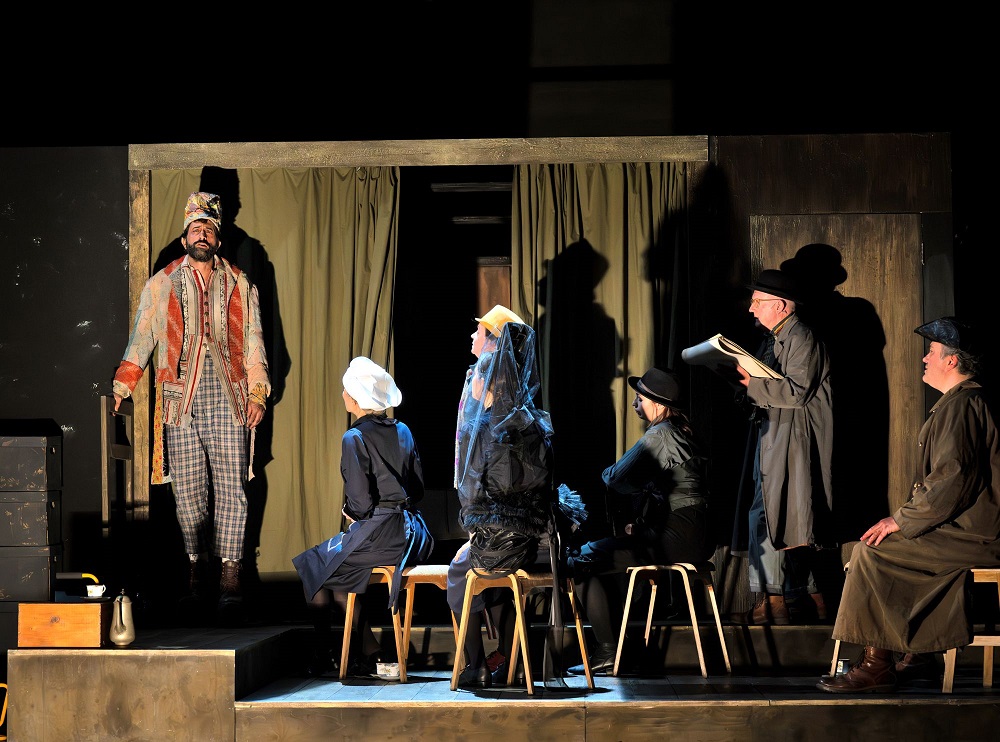 Mantel in the afterword to her typically vivid novel suggests Byrne "probably suffered from a pituitary tumour and may have been mentally retarded," quite unlike her own eloquent O'Brien. Angliss's giant (pictured above) sings in visions which include a stylisation of a Gaelic folk song and speaks of infernal disturbances which aren't explained; he's a mouthpiece, not a character, so it's hardly charismatic tenor Karim Sulayman's fault if we view him objectively rather than with pity or much sorrow. Ross Sutherland's libretto is poetic but sometimes falls into the trap of preciousness. Jonathan Gunthorpe's Hunter is shown at first grieving over the autopsy of his young son; the inner conflict is immediately established but he, too, doesn't develop as a personage.
Mantel in the afterword to her typically vivid novel suggests Byrne "probably suffered from a pituitary tumour and may have been mentally retarded," quite unlike her own eloquent O'Brien. Angliss's giant (pictured above) sings in visions which include a stylisation of a Gaelic folk song and speaks of infernal disturbances which aren't explained; he's a mouthpiece, not a character, so it's hardly charismatic tenor Karim Sulayman's fault if we view him objectively rather than with pity or much sorrow. Ross Sutherland's libretto is poetic but sometimes falls into the trap of preciousness. Jonathan Gunthorpe's Hunter is shown at first grieving over the autopsy of his young son; the inner conflict is immediately established but he, too, doesn't develop as a personage.
Though Scottish and Irish accents aren't necessary, some of the spoken dialogue needs work. Hooking us immediately, though, are the live sounds on either side of the action, and later within it, conducted from spooky keyboards by Ben Smith: of the four strings players, Reiko Ichise plucks her viola da gamba to sound for all the world like a specially haunting harp, and in one of three extended instrumental passages which bear the emotional weight of the piece, plays centre-stage, as has Olwen Foulkes on a plaintive recorder presumably sampled to multiply and resound. Stephen Hiscock's work on an array of small bells later becomes a frantic tintinnabulation in collaboration with the soundscape.
Fahie and her set designer Hyemi Shin use minimal props to serve the crepuscular drama – medical diagrams, prints, a bone of two, platforms in conjunction with high-platformed boots to aid the impression of height in Sulayman's Byrne (though he's no phenomenon – maybe that's part of the point). What a distinguished production team this is – in addition to Fahie and Shin, costumes are by Nicky Gillibrand and atmospheric lighting by Adam Silverman. 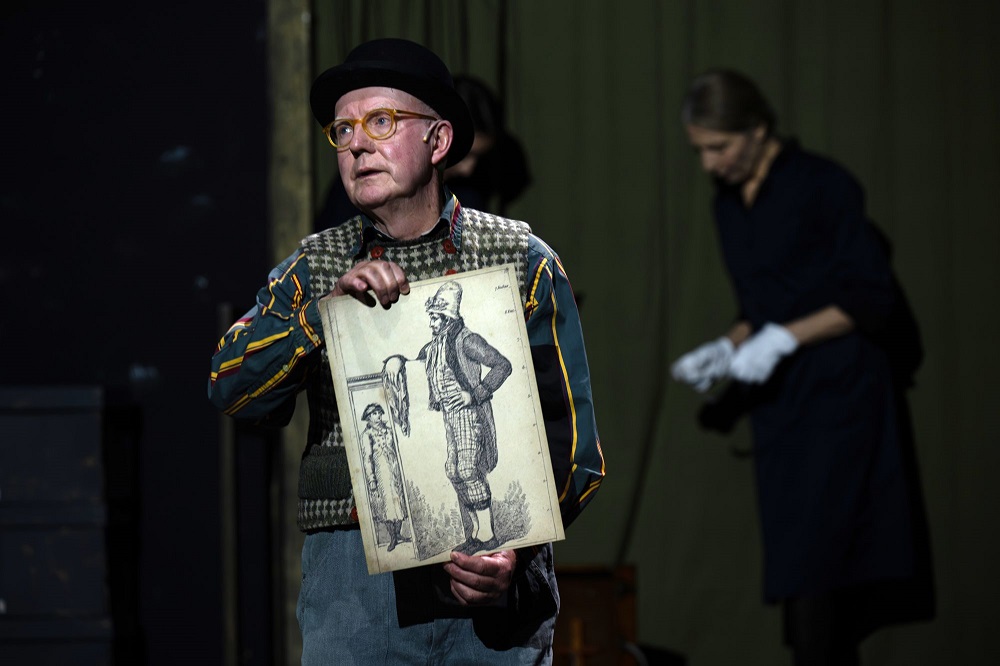 Byrne's fate – to die at 22 only a year after going on display – keeps a total trance state at bay, and his request to be buried at sea and avoid the voyeurism of being shown as a skeleton is briefly poignant. It isn't made quite clear how Hunter's assistant Howison (Steven Beard) intercepts the cortege and steals the corpse within, but this speaking role offers one of the few dramatic jolts of the evening, where the previously lurking, silent Howison turns into a violent bully to medical students; Beard (pictured above) carries off the monologue brilliantly.
Byrne's fate – to die at 22 only a year after going on display – keeps a total trance state at bay, and his request to be buried at sea and avoid the voyeurism of being shown as a skeleton is briefly poignant. It isn't made quite clear how Hunter's assistant Howison (Steven Beard) intercepts the cortege and steals the corpse within, but this speaking role offers one of the few dramatic jolts of the evening, where the previously lurking, silent Howison turns into a violent bully to medical students; Beard (pictured above) carries off the monologue brilliantly.
I noted before going to see the performance that Byrne's skeleton could be viewed in the Hunterian Museum at the Royal College of Surgeons in Lincoln's Inn Fields, no more than a 10-minute walk from the Royal Opera House. The guilty pleasure is decently denied us now, though; as a programme note tell us, it was removed from display in 2017.









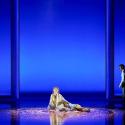

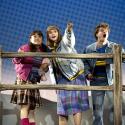
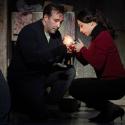
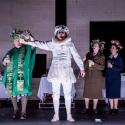
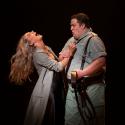
Add comment